5 at-home exercises for hiking
Target the muscles for improved strength and endurance when out on the walking trails and paths
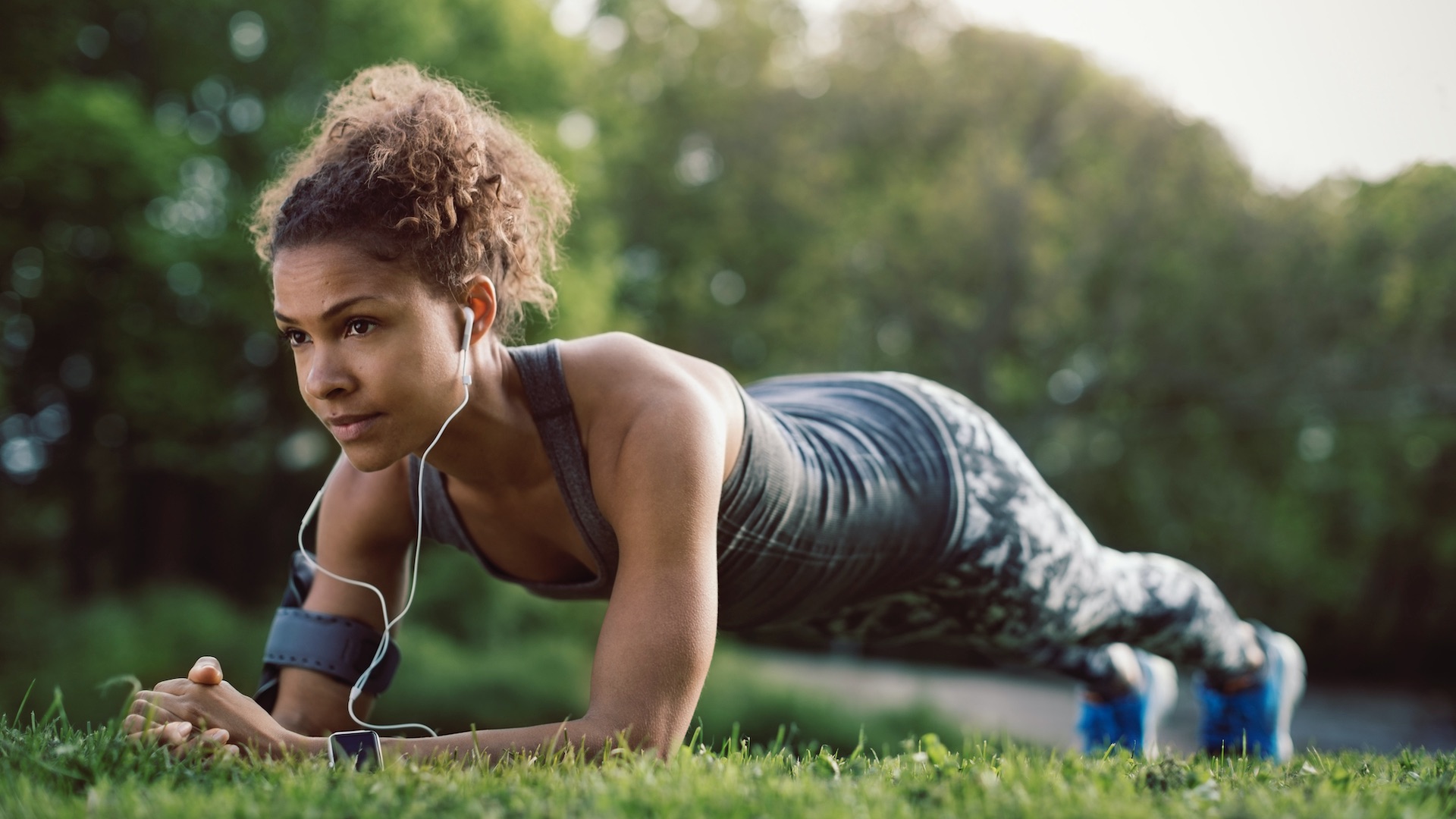
Hiking is easy very accessible and easy enough to start. But for the best enjoyment, it's a good idea to build up the distance over the weeks and months so that your body adjusts to the exertion.
Start with shorter outings on local trails, then begin to include hills and rougher terrain over longer distances until you are ready for a mountain hike.
A progressive build-up will avoid fatigue and extreme muscle soreness – and the stronger your muscles and joints, the less likely you are to be prone to setbacks due to injury.
In addition, doing regular specific at-home exercises will help to improve strength and endurance.
5 at-home exercises ideal for hikers
Make sure you start with a five-minute warm-up, such as a walk or going up and down the stairs, to get the blood flowing through the muscles and to loosen joints.
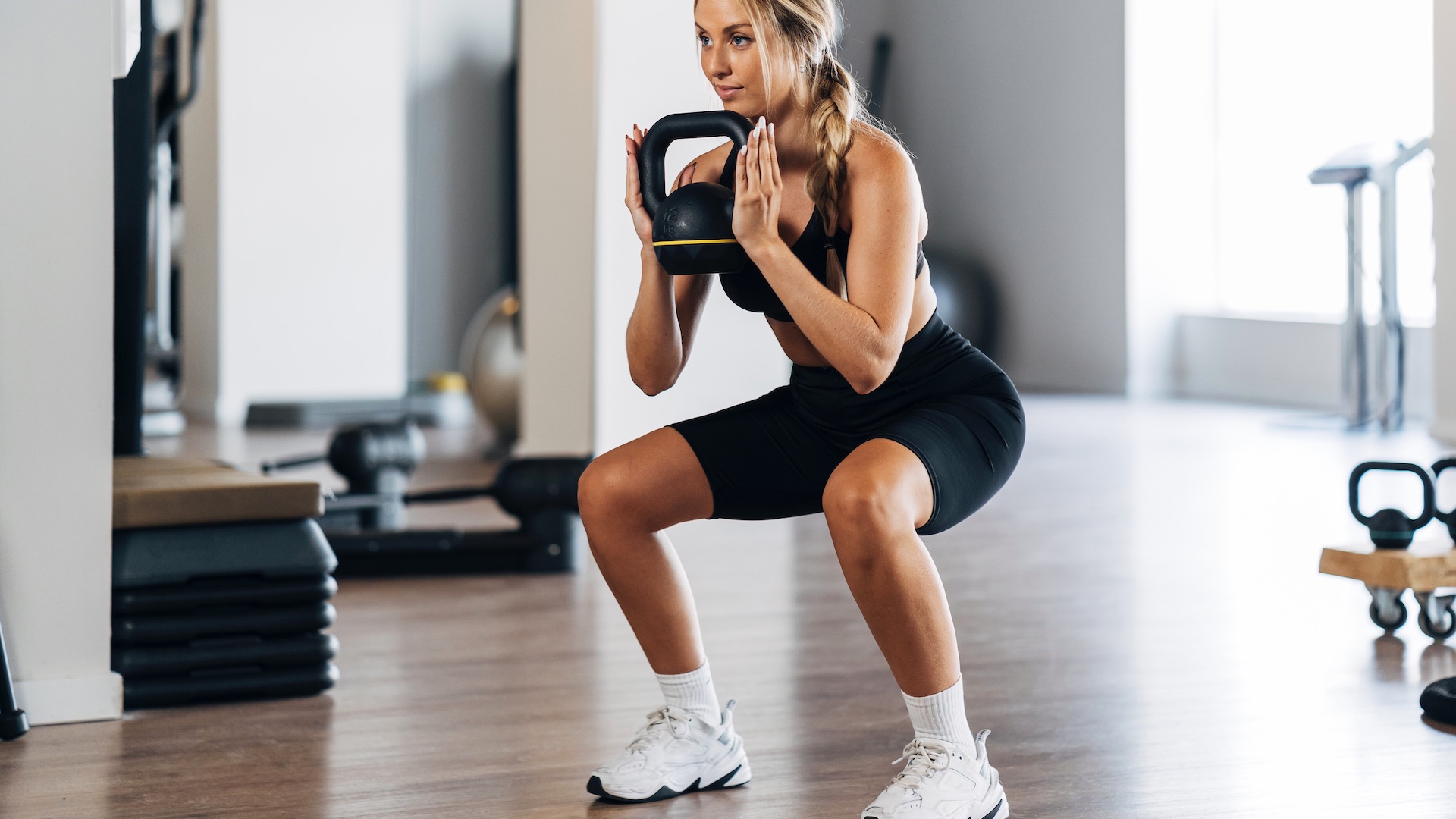
Squats: This is a great exercise for hikers because squats target the bigger leg muscles, including glutes, hamstrings and quads. These muscles are the ones you mainly use while walking.
Begin with squats using body weight only and then add in a kettlebell, or other weight, held at chest level.
All the latest inspiration, tips and guides to help you plan your next Advnture!
The right technique is important. Stand with feet hip width apart and keep your weight in the heels. Slowly descend until your thighs are parallel to the floor, ensuring that your knees stay over your toes rather than caving inwards.
Push your butt out and back and keep your back straight, while ensuring your chest faces forwards and upwards.
Once your thighs are parallel to the ground, push back up with determined power until you are standing straight again and your hips are fully extended.
Do 10 or 12 squats and repeat three times with a rest in between.
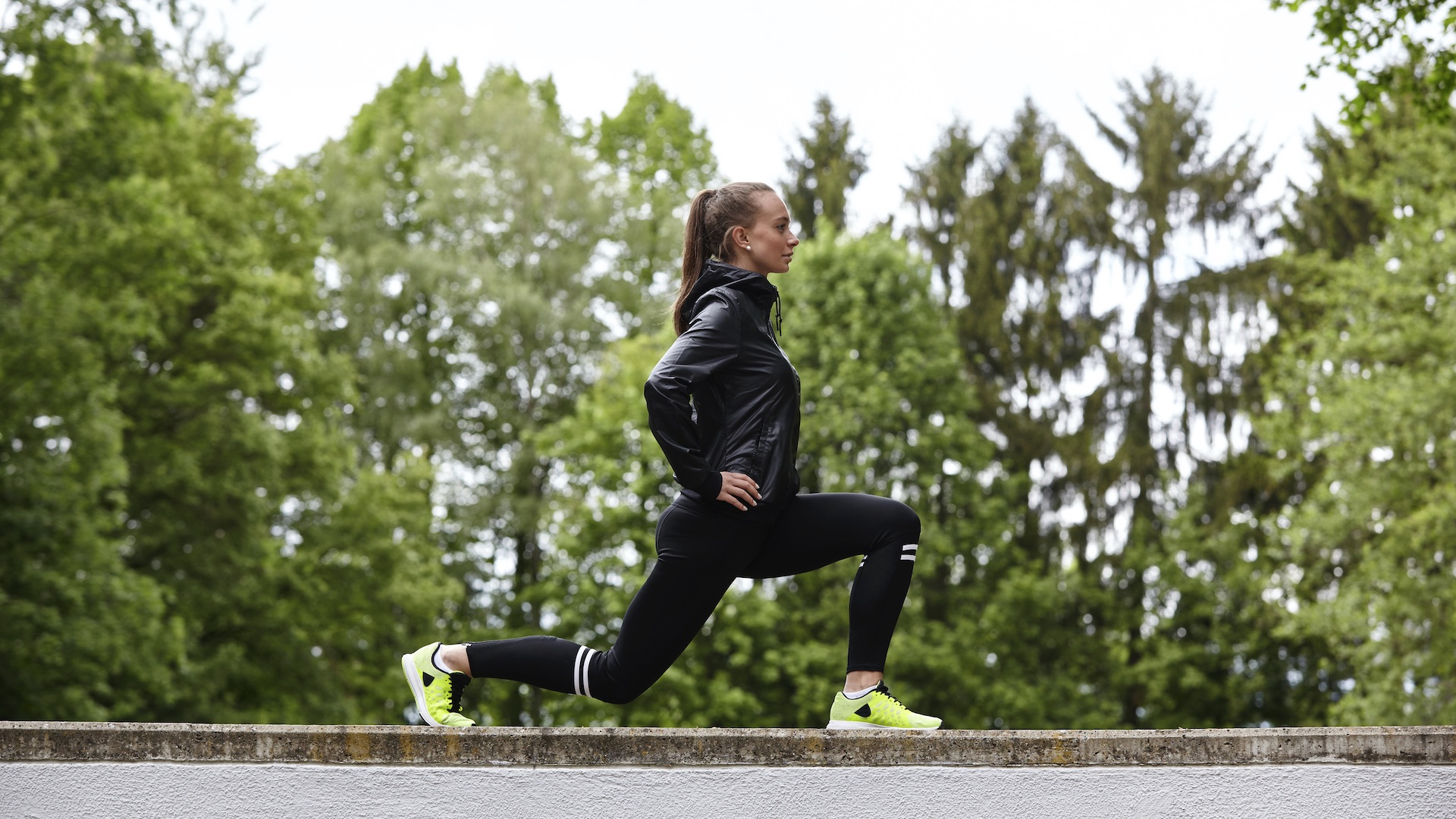
Lunges: This exercise will help with your hiking when descending. The descents put pressure on your quads so it will help if you strengthen them.
Lunges also strengthen the core muscles, which are also required for stability when hiking.
To start, make sure you stand tall, then engage your core and take a step forward with one leg. Lower the hips down vertically until the front knee is bent to a 90-degree angle. Your knee should be directly above the ankle, rather than pushed too far forwards.
Then push back up with power to return to standing with feet together. Repeat on the other side.
To make the exercise harder you can include handheld weights or find a gentle downhill pavement or path on which to do the lunges.
Try sets of 10 or 12 lunges (on both legs) and do this three times.
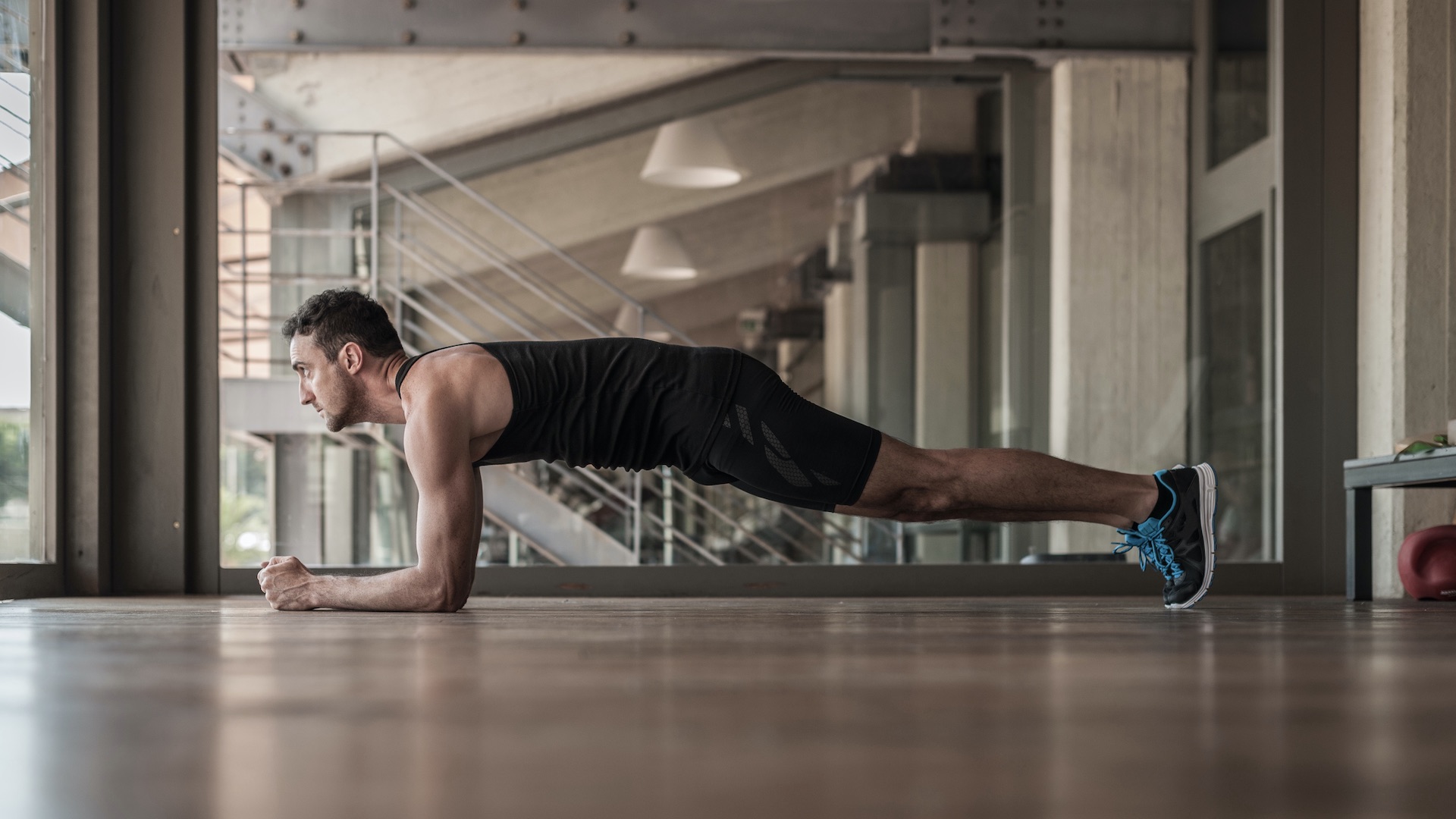
Plank: Again, this will strengthen the core, which will maintain body stability when hiking on uneven terrain.
You can perform a plank on straight or bent arms. Lie on the floor with your body stretched out. Push up to straight arms or keep the arms bent below your shoulders.
Rise up on your toes and ensure your body doesn't sag in the middle. You should immediately feel your core, both abdominals and back muscles, engaging.
Hold this position for a set amount of time. Start with 15 seconds and build up.
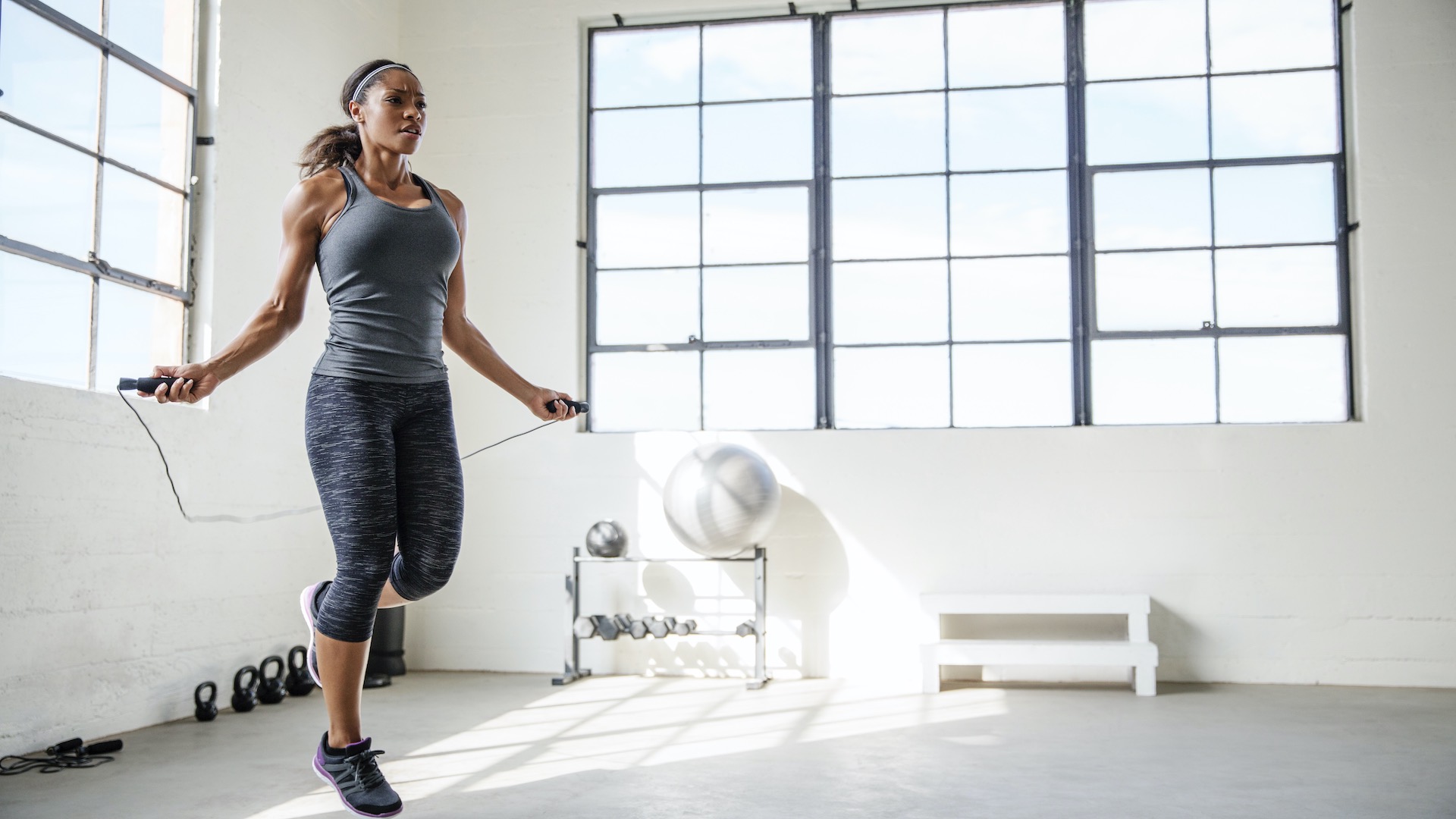
Skipping: An effective way to improve aerobic fitness, as well as providing strength training for muscles and joints, skipping requires only a rope and a bit of space.
Simply jump with the skipping rope for 30 to 60 seconds at a time, take a short break, and repeat there to five times.
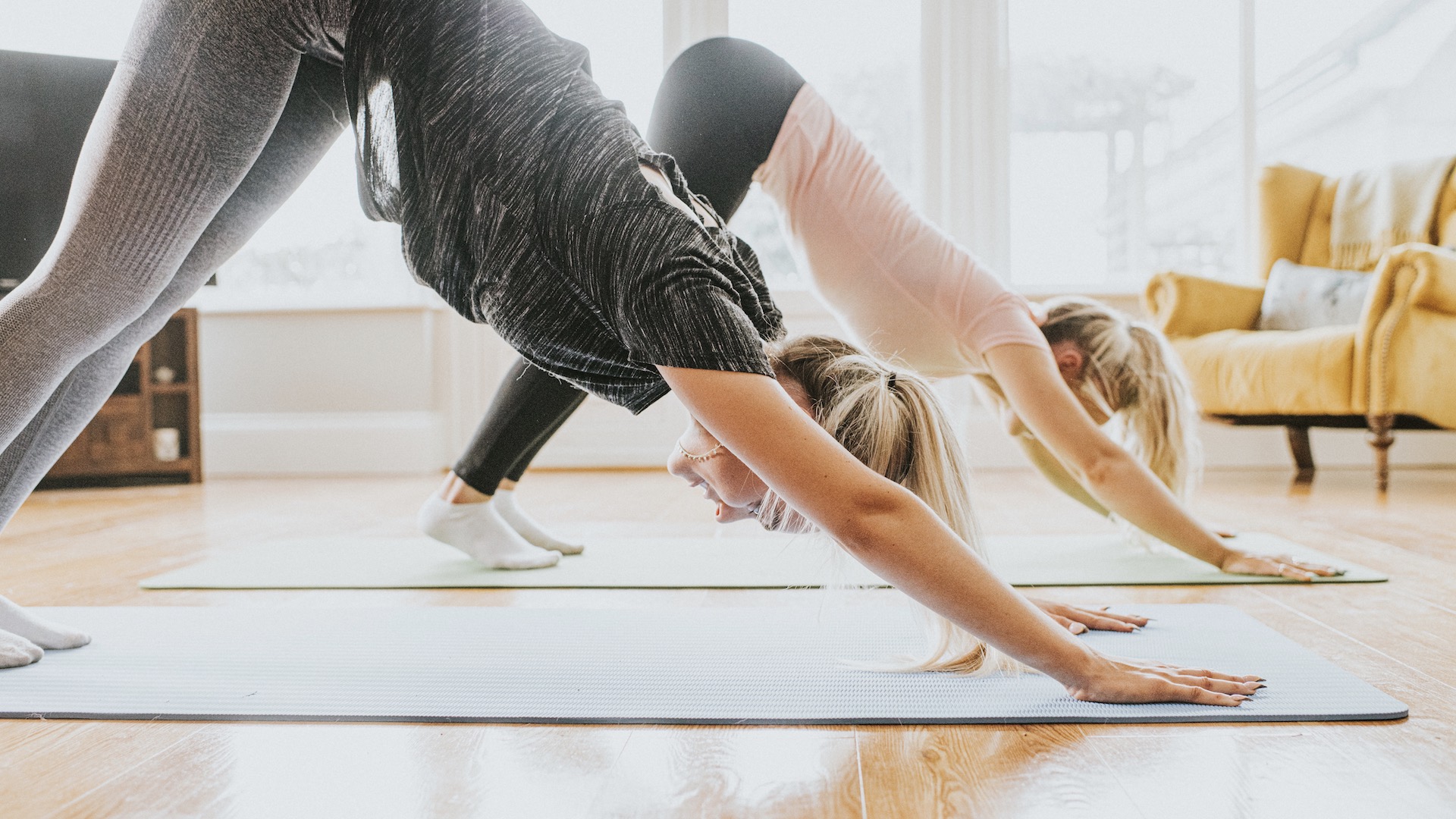
Downward facing dog to plank: This exercise will help with mobility and stability of the spine, hamstrings and calves, which will promote good posture while carrying a rucksack.
Start in a plank position, before lifting your hips towards the ceiling to form an inverted V shape (downward dog).
Now push into the hands and press back through the balls of your feet, aiming to keep your spine long. Your ears should be between your biceps and relax your shoulders.
For a stretch along the back of the legs, press your heels gently towards the floor. Keep the knees slightly bent to start with. Then shift your hips back to a plank.
Do 15 to 20 repetitions, take a break and repeat two to three times.
Doing these five at-home exercises two of three times a week will be a great improvement to strength and endurance while hiking.

Fiona Russell is a widely published adventure journalist and blogger, better known as Fiona Outdoors. She is based in Scotland and is an all-round outdoors enthusiast with favorite activities including trail running, mountain walking, mountain biking, road cycling, triathlon and skiing (both downhill and backcountry). Aside from her own adventures, Fiona's biggest aim is to inspire others to enjoy getting outside and exploring, especially through her writing. She is also rarely seen without a running skort! Find out more at Fiona Outdoors.
